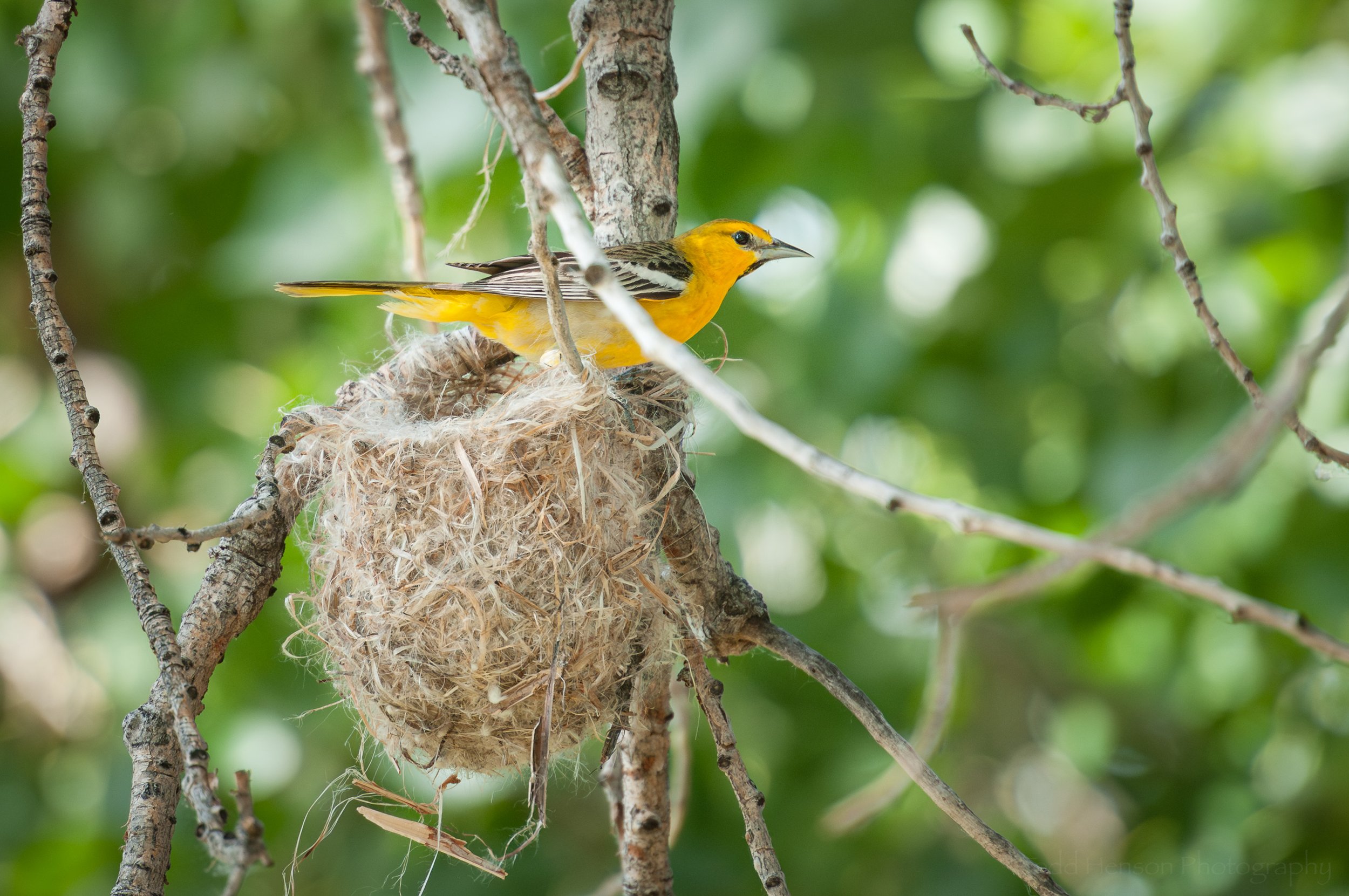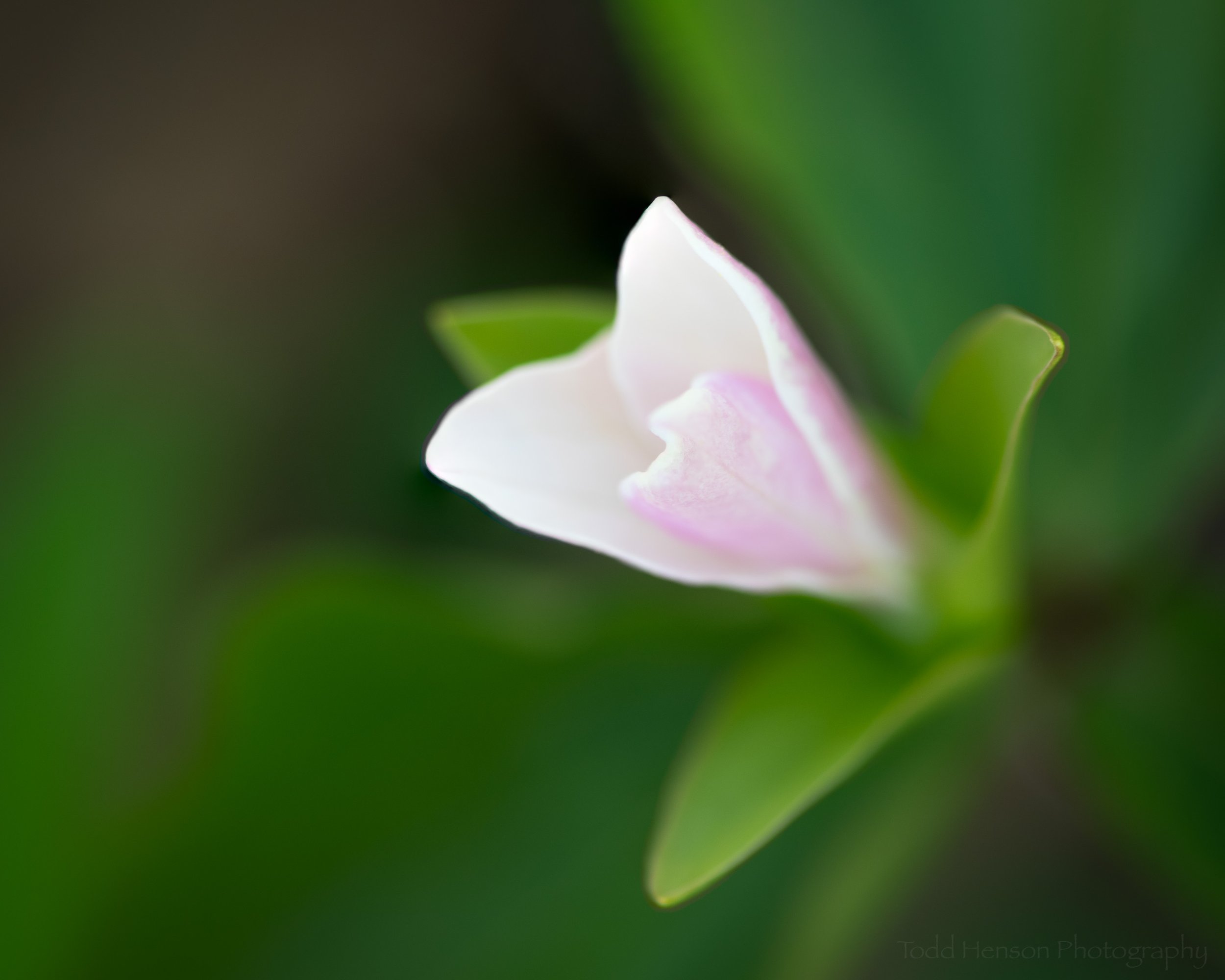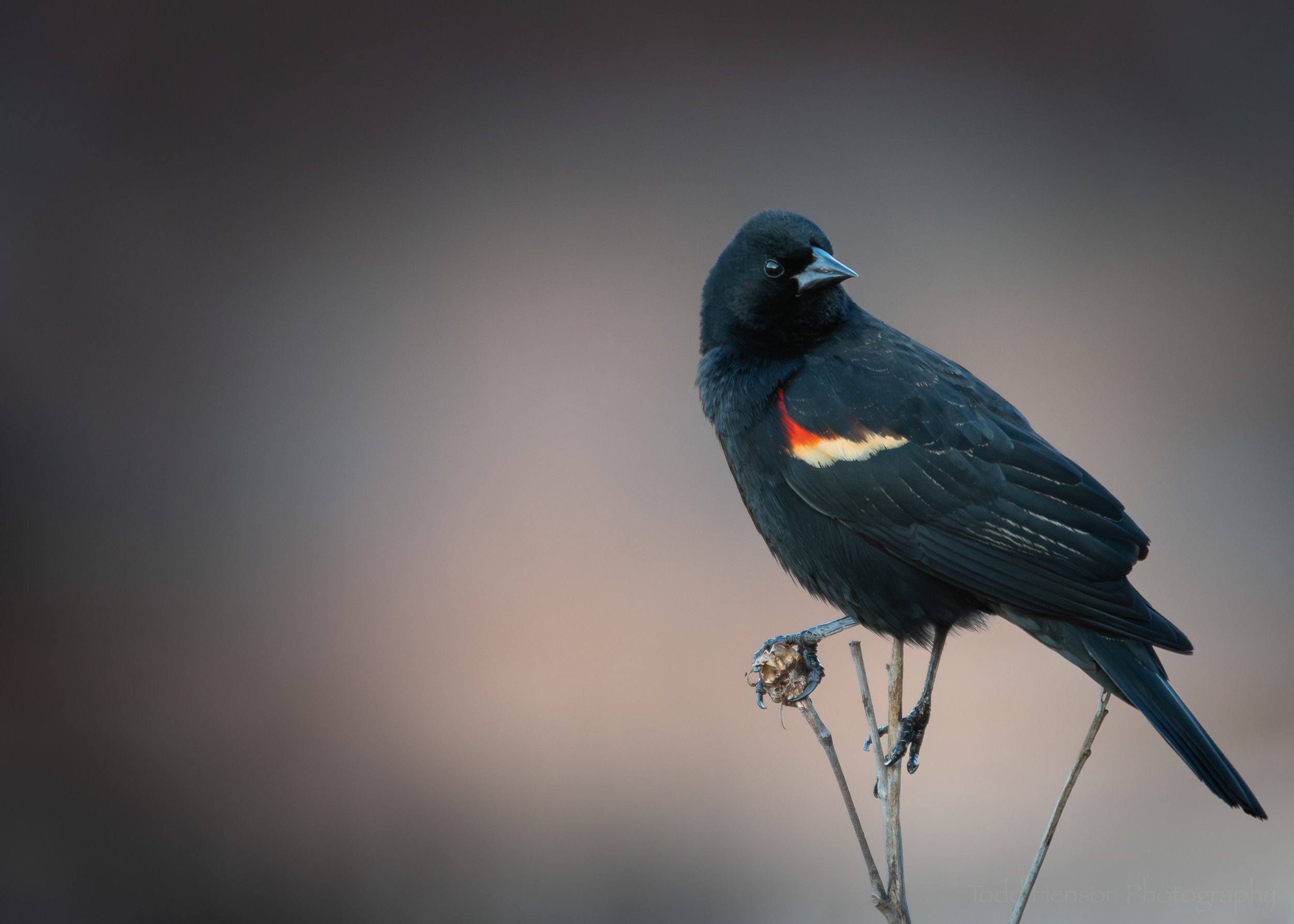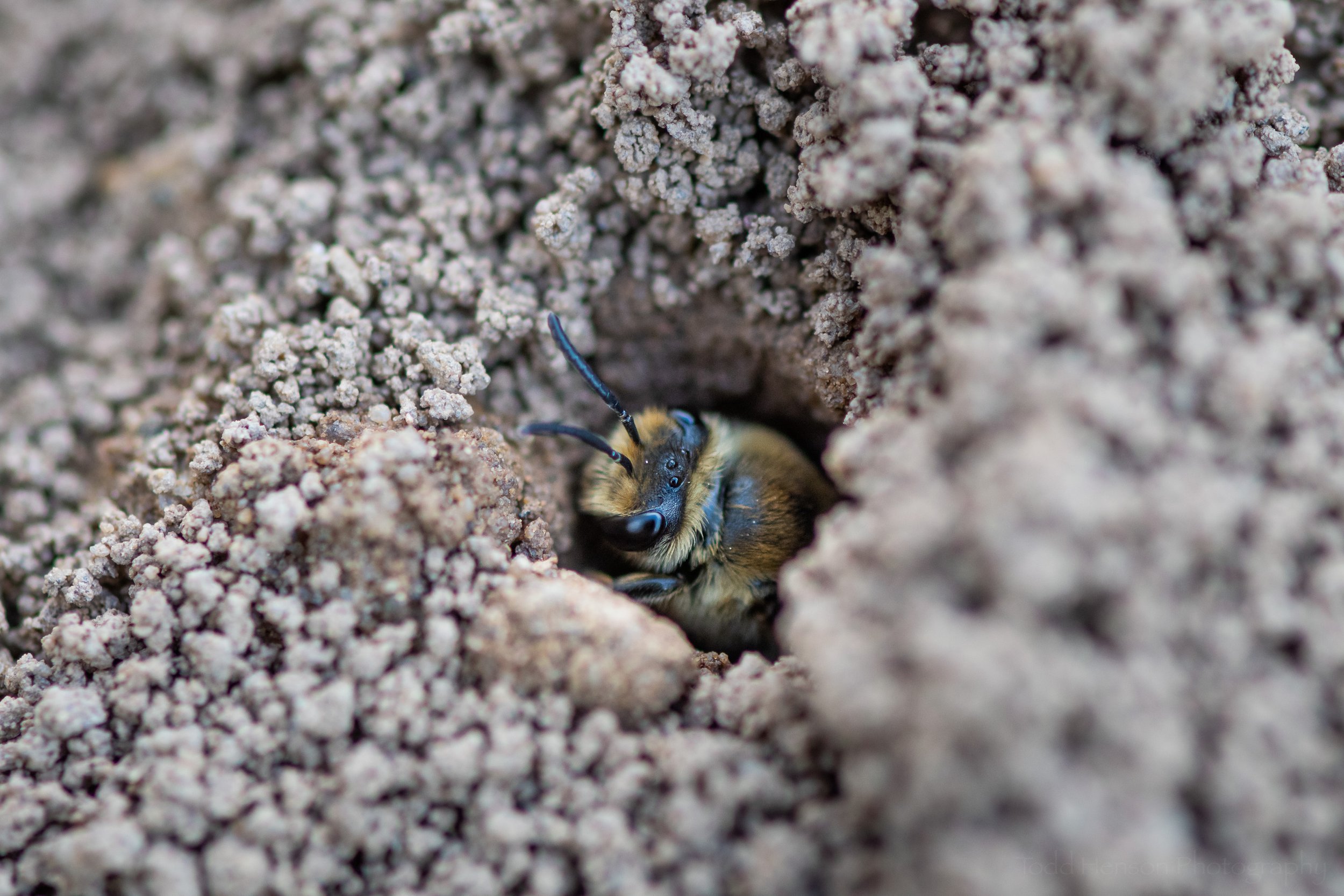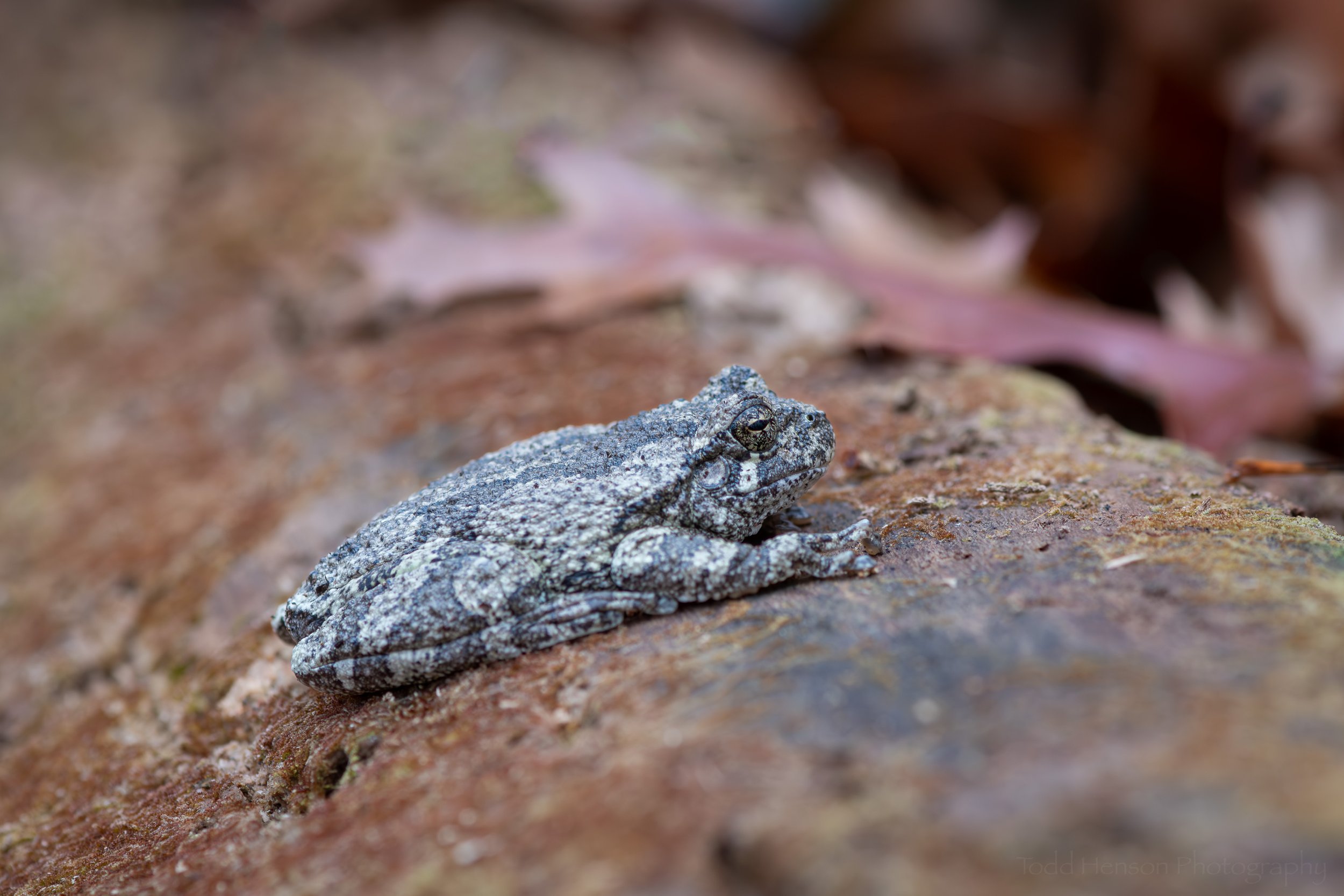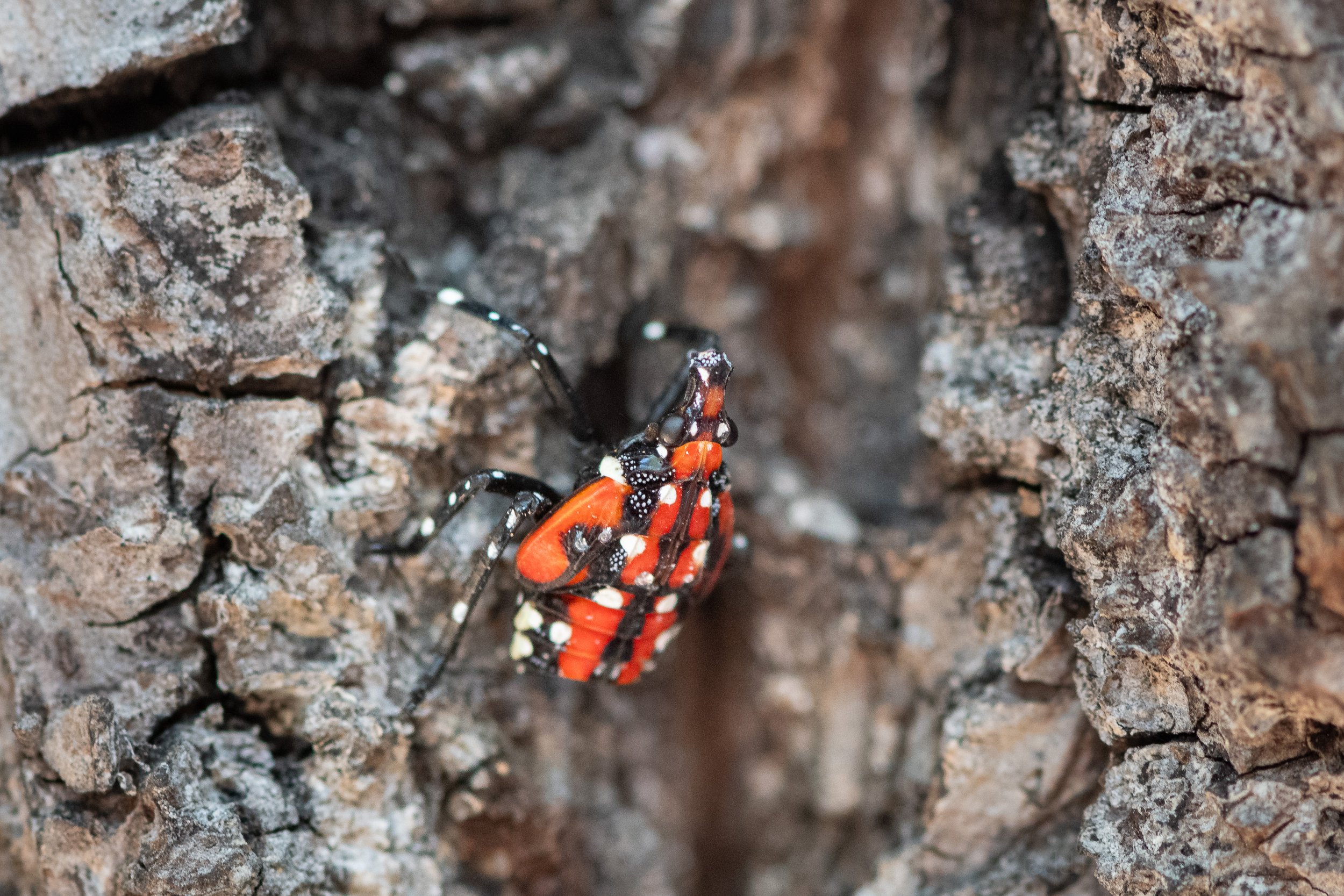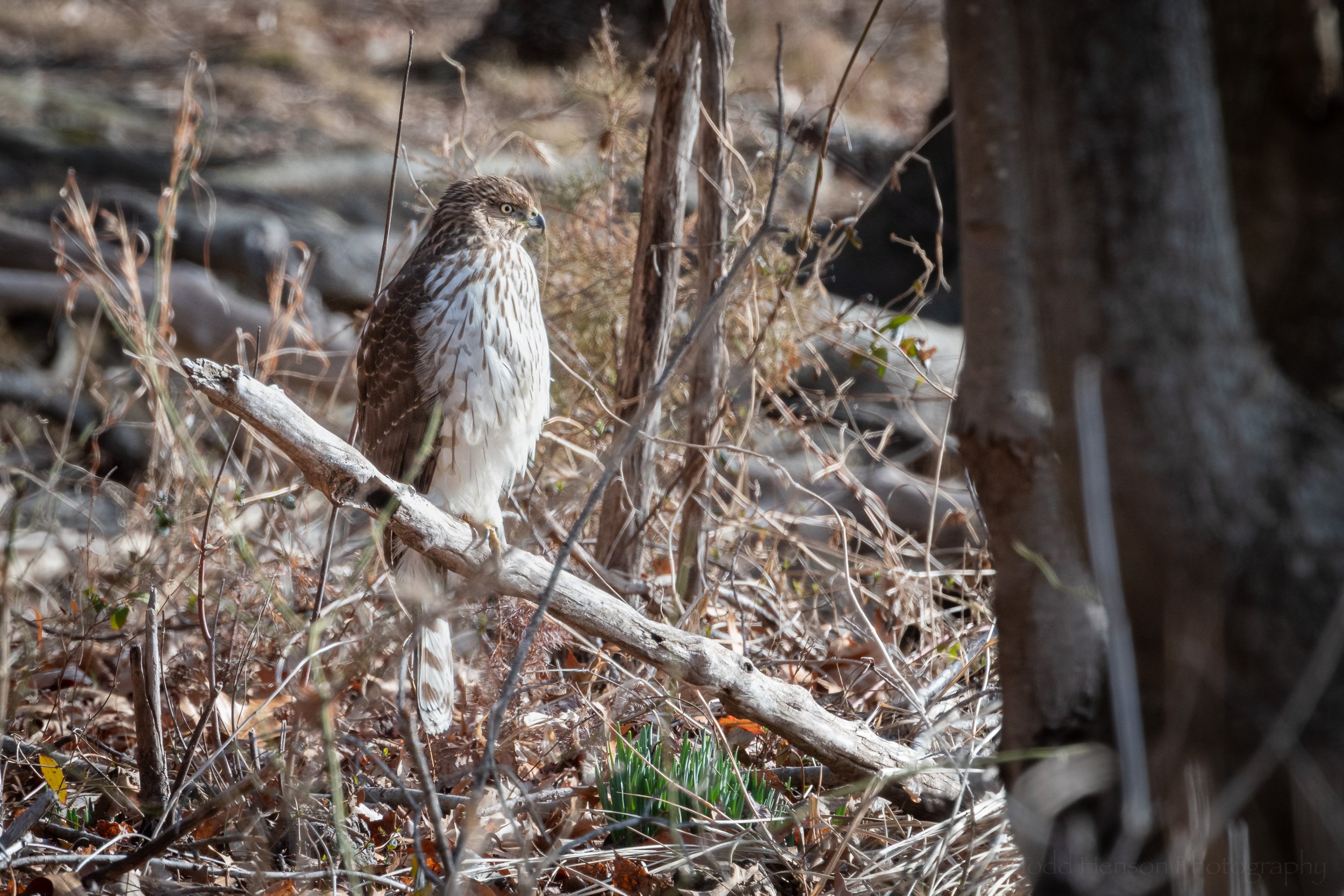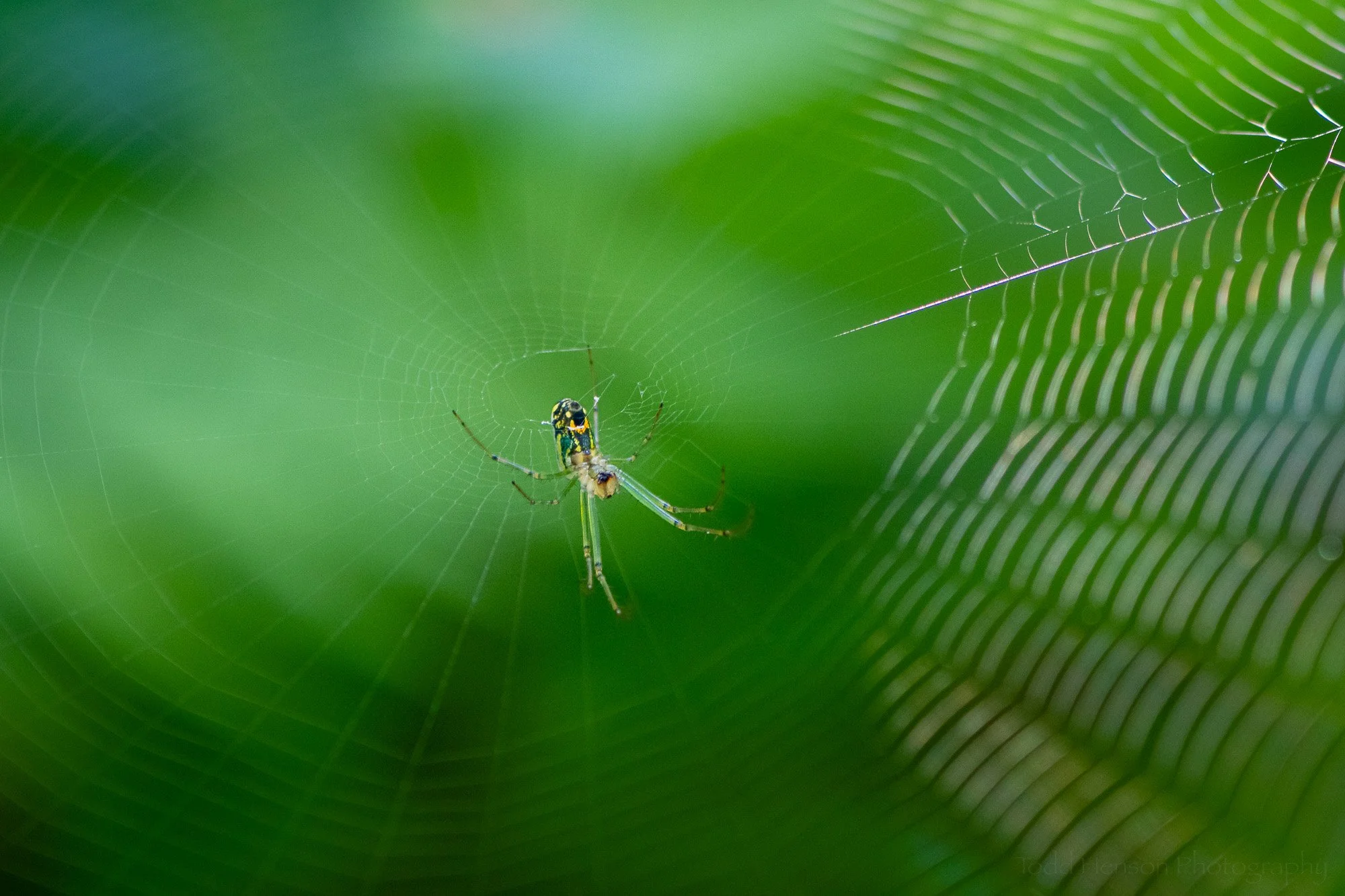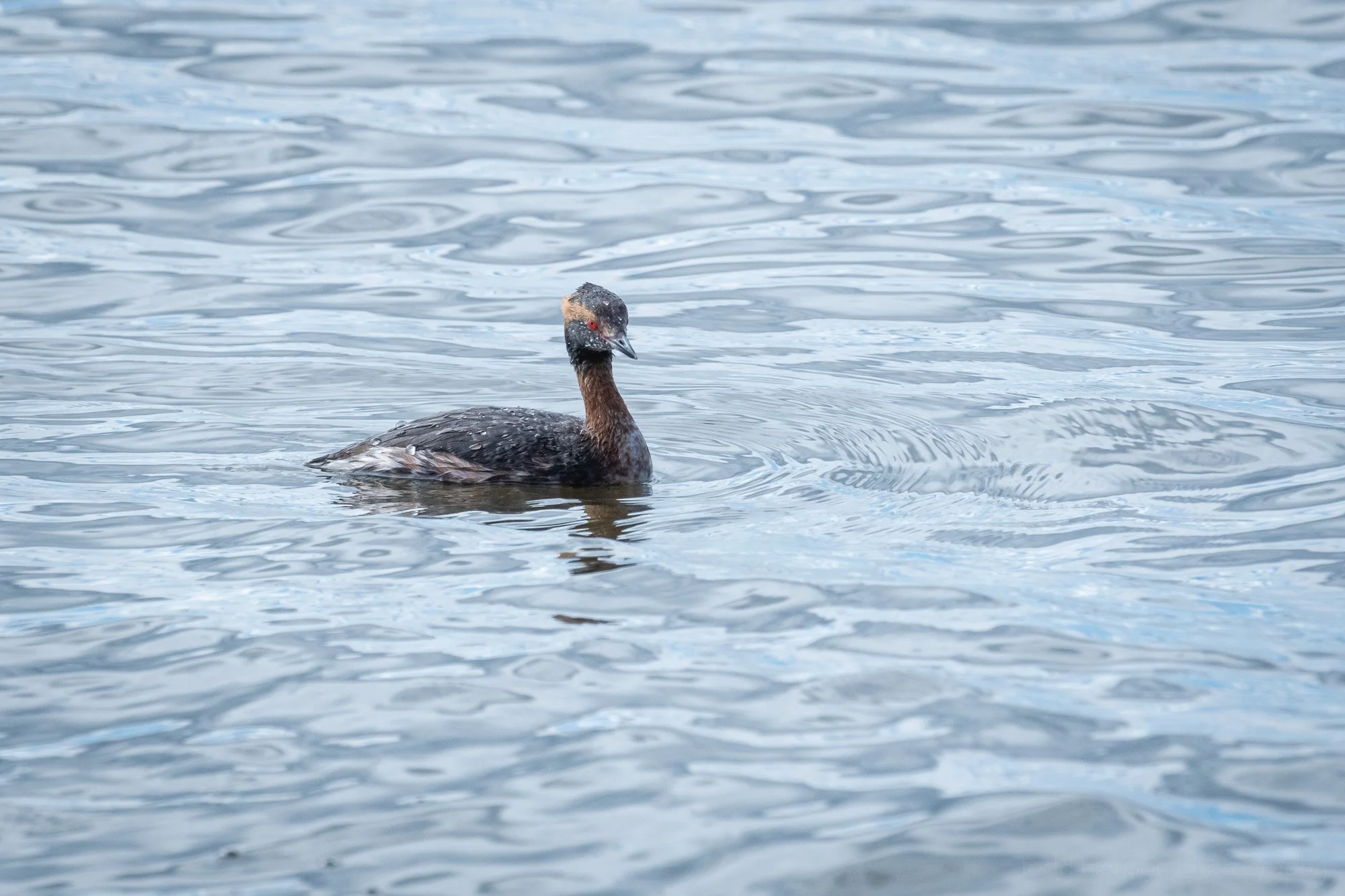An osprey returns to find the previous years nesting site destroyed by strong storms.
It’s early March as I write this, and having been out hiking and driving near the bay this weekend I’m realizing it’s almost time for the osprey to return and begin nesting. Each year they arrive in Northern Virginia in early spring to freshen up existing nests or build new ones. They stay through the summer raising the next generation, before once again heading south to warmer waters.
Branch in talons, the osprey surveys the surrounding area.
Returning osprey most often reuse the same nest from the previous season. It saves them a lot of work. They just need to repair any damage that’s occurred since they left, adding a new layer of nesting material. But sometimes they return to find their nest gone. This weeks post looks at such a situation.
Wings extended, the osprey flies back to its nest site with a new branch.
This pair of osprey had, many years back, found a perfect nest location, the top of a duck hunters blind sitting in the waters of the bay just offshore of a wildlife refuge. Year after year they returned and reused this location. In some years there might be a horrendous storm that blew the nest apart, but most years the osprey were successful in raising their young.
The osprey lifts off after dropping another branch on the doomed nest.
This particular year, though, they returned to find not only the nest, but the entire hunters blind destroyed. Strong storms had collapsed the structure, leaving just a small pile of boards sticking out of the water. But being very persistent and tenacious, the osprey attempted to rebuild the nest upon their return that spring.
This photo shows how close civilization is, with large expensive homes along the distant shoreline, as the osprey flies in with another branch.
These photos show one of the osprey pair attempting to build the nest before its mate returned to the area. Unfortunately, the entire process was doomed to failure. There just wasn’t enough of the structure left to provide a suitable base for the nest. And the collapsed blind was too close to the water. We can get some strong storm surges in this area that would easily engulf the new nest.
Wings extended, the osprey lands atop the collapsed duck blind with a branch.
I don’t know where this specific pair of osprey ended up nesting after this failed attempt, so I also don’t know if they were successful that year. But given nature’s strong push to survive and reproduce I’m hopeful they made a successful go of it. The surrounding area is always home to many nests of these miraculous birds, and I hope it stays that way. I return each year to observe the osprey, and look forward to doing the same this year.
In this photo we see the osprey flying in with another branch, with the houses on the distant shore and a couple people fishing from a boat in the waters of the bay.
Looking back, though, I do miss that location. It was very close to the path along the shore, so us photographers and nature enthusiasts had great opportunities to observe nesting osprey behavior up close. I recall watching young osprey being fed and attempting to fledge from that nest. I’ve not yet found a site as perfect as that one, but I keep looking, and hoping.
Zoomed out a little, we can see how little remains of the duck blind as the osprey attempts to rebuild a nest that will never produce any young.
Do you enjoy these posts?
Sign up to receive periodic emails with updates and thoughts. Don’t worry, I won’t spam you. And please consider purchasing artwork or products from my online store, and using my affiliate links in the sidebar to the right when shopping online.
I appreciate your support!
